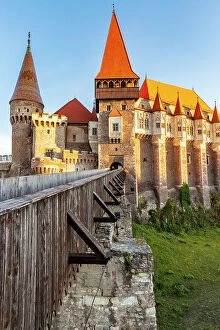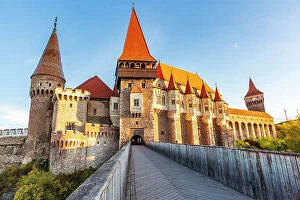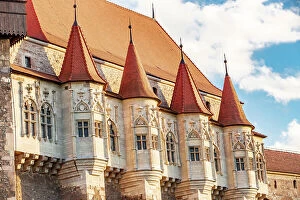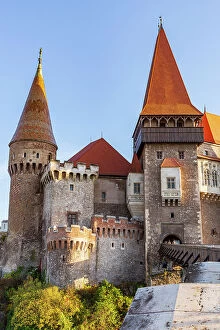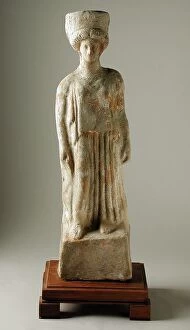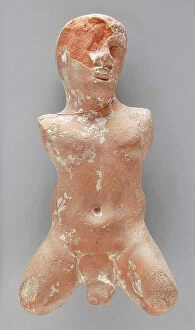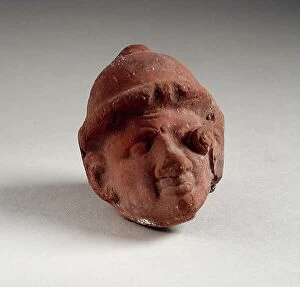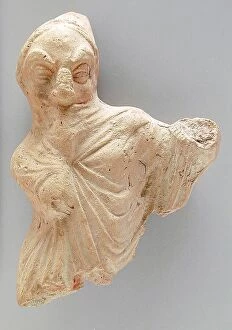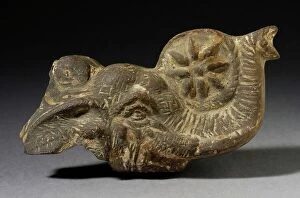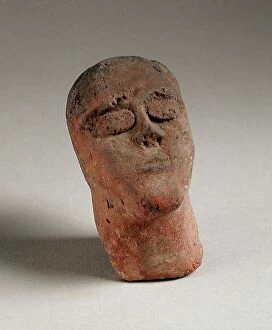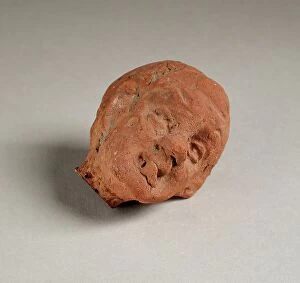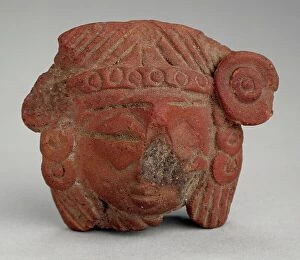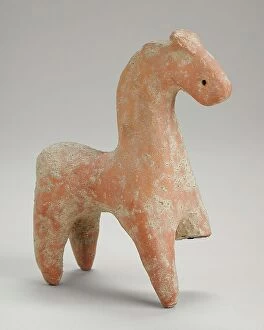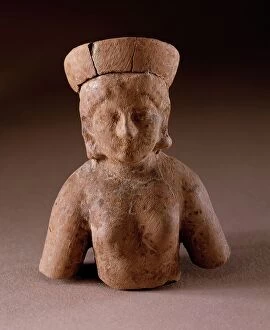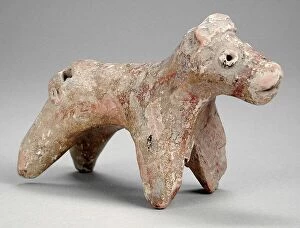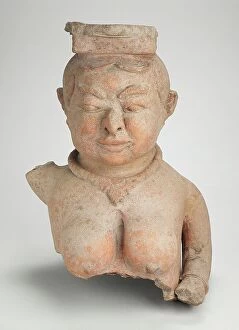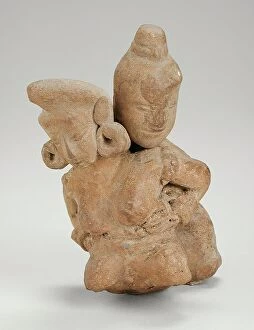Terra Cotta Collection (page 2)
Terra cotta, a material with a rich history and diverse cultural significance, is showcased in various forms around the world
All Professionally Made to Order for Quick Shipping
Terra cotta, a material with a rich history and diverse cultural significance, is showcased in various forms around the world. From the ancient Rhubarb forcing pot used for cultivating this tangy plant to the intricate Sarcophagus from Cerveteri dating back to 520 BC, it has been utilized by civilizations throughout time. One cannot ignore the awe-inspiring Terracotta Army Warrior found in Xian, Shaanxi Province, China. These close-up figures stand tall as a testament to the craftsmanship of their creators and offer a glimpse into China's past. Similarly, at Lalji Temple in Kalna, West Bengal, India, terracotta figures adorn its walls with intricate designs that tell stories of devotion and spirituality. Moving westward to Seville in Andalucia, Spain; one can appreciate how terra cotta adds warmth and charm to architectural elements. The city's vibrant hues are complemented by these clay tiles that have stood the test of time. In Prague's Castle Stairs engraving from the 19th century or within Medersa Ben Yousef's patio built-in 1570 with calligraphy and zellige artistry; we witness how terra cotta seamlessly blends into historical settings while adding an element of elegance. Returning once again to Xi'an's Terracotta Army Museum in Shaanxi Province, China; it becomes evident why these warriors continue captivating visitors worldwide. Their stoic presence serves as a reminder of ancient dynasties' power and legacy. Not limited only to grand structures or sculptures; even Pantanassa Monastery or Modernist House Downshire Hill incorporate touches into their design aesthetics - proving its versatility across different architectural styles. With such an extensive range of applications spanning continents and centuries alike; it is no wonder that terra cotta remains cherished for its enduring beauty and timeless appeal.




